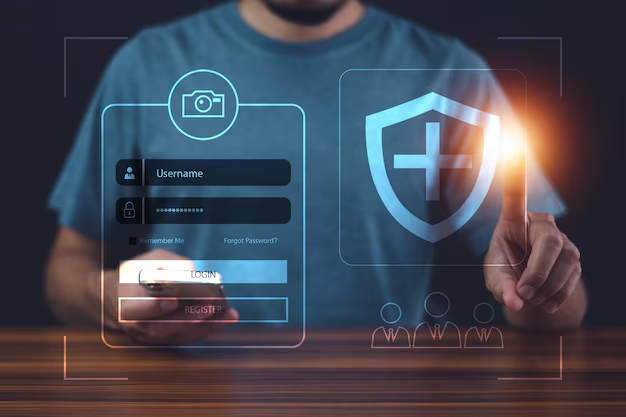Is Social Security Changing How You Log In? Here’s What You Need to Know
In today's fast-paced, digital-first world, security remains a top priority—especially for systems that handle sensitive data. The Social Security Administration (SSA), safeguarding sensitive information for millions of Americans, has recognized this necessity. So, what’s new with logging into your Social Security account, and how does it affect you?
Enhanced Security Measures
The SSA recently announced an initiative to enhance the security measures for accessing "my Social Security" accounts online. This upgrade aims to protect your data and ensure that your personal information stays confidential. Multi-factor authentication (MFA) has become the cornerstone of these changed login procedures. MFA requires users to provide multiple pieces of evidence (factors) to authenticate their identity accurately. Typically, this involves something you know (like a password), something you have (like a cellphone or a security token), and occasionally something you are (biometric verification).
What Does This Mean for Users?
Existing Account Holders: You might need to update your contact information to ensure seamless MFA processes. This can involve checking your phone number and email in the system for accuracy.
New Users: Setting up a new account now entails an additional step of setting up multi-factor authentication, which can slightly extend the process but ensures greater security.
Ongoing Login: Whenever you log in to your Social Security account, expect to enter not only your password but also a passcode sent to your registered device.
Why the Change?
This move towards more robust security aligns with a broader trend in both the public and private sectors to fortify user data against increasingly prevalent cyber threats. Given the recent history of data breaches and cyber-attacks, these innovations are not just precautionary—they're essential.
Linking the Need for Security with Financial Well-being
Beyond online security measures, if managing financial security is on your mind, the enhanced protection of your Social Security data might be a reminder to reflect on other aspects of financial well-being.
Avenues for Financial Support
Revisiting your financial state can include exploring different programs available to bolster financial security:
Government Aid Programs: These initiatives, such as food assistance and housing subsidies, help soften the impact of financial downturns, providing much-needed relief.
Debt Relief Options: Consider consultation services that guide on consolidating or reducing debt effectively, helping you breathe easier each month.
Educational Grants: Unlock potential career growth and increased earning power through educational grants that push the financial limitations of seeking further education.
Credit Card Solutions: Comparing various credit card offers could unveil options with better interest rates or cashback rewards, proving beneficial for those with existing card balances.
Each financial avenue has the potential to contribute significantly to personal security, complementing the reinforced measures by the Social Security Administration.
🌟 Whether you’re navigating government programs, reducing debt, or exploring credit card options, a clear understanding and strategic approach can foster enduring financial security. Here’s a quick snapshot:
- 📋 Financial Assistance Programs: Food assistance, housing aid
- 💳 Credit Solutions: Low-interest cards, cashback rewards
- 🎓 Educational Opportunities: Scholarships, grants
- 🏦 Debt Relief Services: Consolidation, negotiation support
With steadfast attention to both cybersecurity and financial strategies, attaining and maintaining both digital and economic safety creates a strong foundation for a secure future.

Related Topics
- a Social Security Card
- Are People On Social Security Getting $250
- Are Social Security Benefits Taxable
- Are Social Security Benefits Taxable Income
- Are Social Security Benefits Taxed
- Are Social Security Checks Late This Month
- Are Social Security Disability Benefits Taxable
- Are Social Security Earnings Taxable
- Are Social Security Numbers Recycled
- Are Social Security Numbers Reused